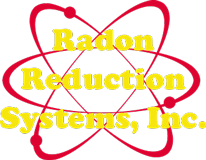About Radon Gas
Learn about radon gas, its measurement and health concerns.
What Is Radon Gas?
Radon is a naturally occurring, invisible, odorless gas caused by the radioactive decay of radium in the soil.
How Does Radon Enter My Home?
Radon can enter your home through cracks or holes in the foundation or walls and get trapped inside.
Is Radon Dangerous?
According to the EPA, Radon is a Class A carcinogen and the second leading cause of lung cancer worldwide after cigarette smoke.
Should I Test My Home?
Both the EPA and US Surgeon General highly advise ALL homeowners to test for radon gas.
How Deadly Is Radon?
According to the US Surgeon General and the EPA, roughly 20,000 lung cancer deaths are caused by Radon each year.
How Is Radon Measured?
Radon is measured in Picocuries per liter of air (pCi/L), a measurement of radioactivity. Outdoor levels are approximately 0.2 pCi/L.
Protect your Home & Family
-
Radon is measured in Picocuries per liter of air (pCi/L), a measurement of radioactivity.
-
Outdoor levels are approximately 0.4 pCi/L. The EPA refers suggests ‘taking action’ at/above 4.0 pCi/L.
-
Hire a licensed professional like The Radon Man to install a radon reduction system in your home.
-
At 4.0 pCi/L radon carries approx. 1000 times the risk of death compared with any other EPA carcinogen.
-
Lung cancer risk rises 16% per 2.7 pCi/L according to the American Lung Association.
How Mitigation Works
Using an in line duct fan, Radon is sucked from beneath your home through a sealed piping system that exits out the home and above the roof. Cracks in the lowest level are sealed as well as sump pump pits and crawl spaces. While methods vary from one home to another, the principles are the same and highly regulated by the State. Details about all of our methods and components can be found in our photo gallery. We offer a 5 year, fully transferable guarantee on all our installed systems! Call the Experts in Mitigation, Radon Reduction Systems, Inc. 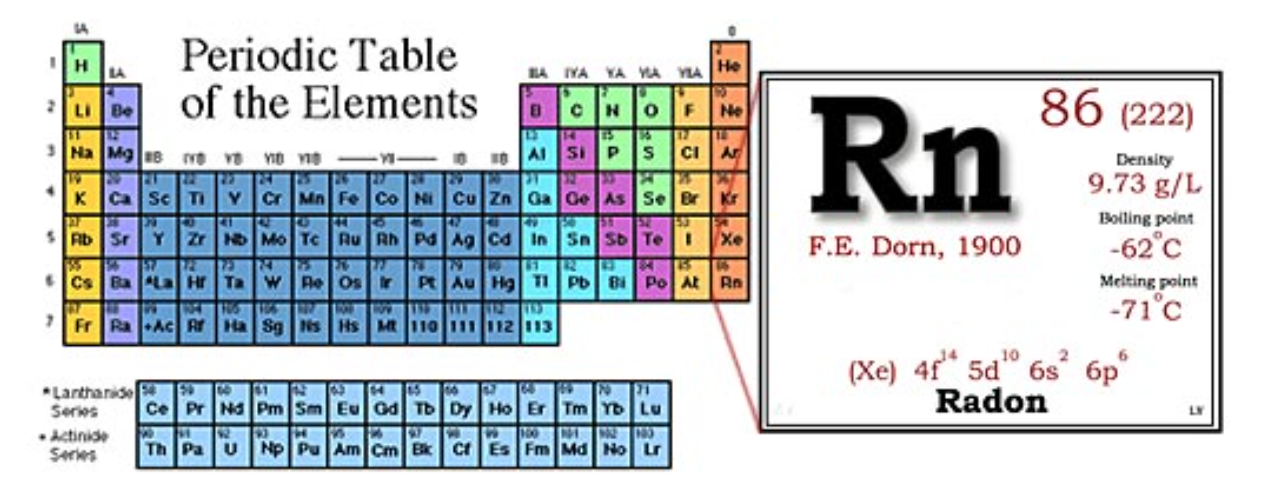
Learn More:
Our Mitigation Systems
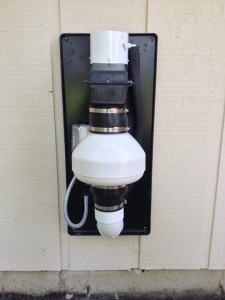
All fans installed on exterior come with a protective fan housing and condensation bypass system. 5 year system guarantee!
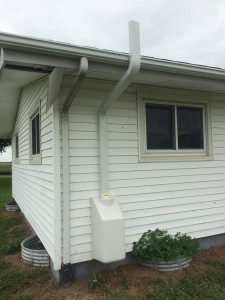
Fans placed on the home’s exterior are covered with a protective fan housing. (Choose white or black) Radon flows through gutter and exits above the home’s highest eave. (Choose from a variety of gutter colors)

Primary suction point next to a finished sump pump lid. A U-Tube Manometer showing uneven red dye indicates suction, meaning the system is turned ON.
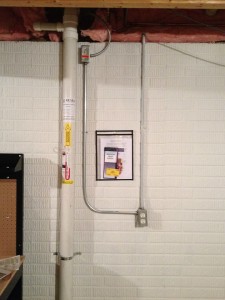
Turn the system on and off using the electric switch installed near the primary suction point. U-tube manometer shows suction is ON. If red dye is level, system is OFF. Info packet handy.
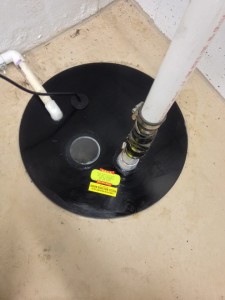
Sump pump lid is carefully replaced and sealed tight. Added view port allows visibility below lid.
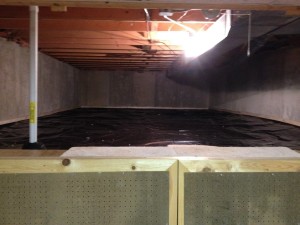
Finished gravel crawlspace featuring secondary suction point and air tight plastic sheeting over a layer of tar paper.
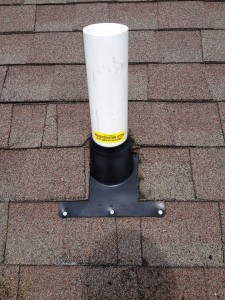
Fan system exit through attic roof. Options may allow for fan to be installed inside your attic.
Get Started Today
Radon Testing (You Test) *
Avg. $150-500
per test- Buy test at hardware store
- Install radon sensor
- Mail in sensor for a fee
- Receive radon report
Radon Mitigation System
Avg. $1200-1600
per home- Typical size home
- Installation of vent / ductwork
- Installation of fan
- System testing
Custom Radon System
$2000 and up
per project- For apartment complexes
- Primary vent / duct work
- Secondary ventilation
- System testing
* We do not do radon testing: we are strictly a radon mitigation company but work with radon testers in the area to ensure safe readings for our clients. Homeowners can also purchase DIY radon tests from many home supply stores. Some home kits instruct you to mail the completed test to the lab for a fee. Results are then calculated and mailed back to you.
